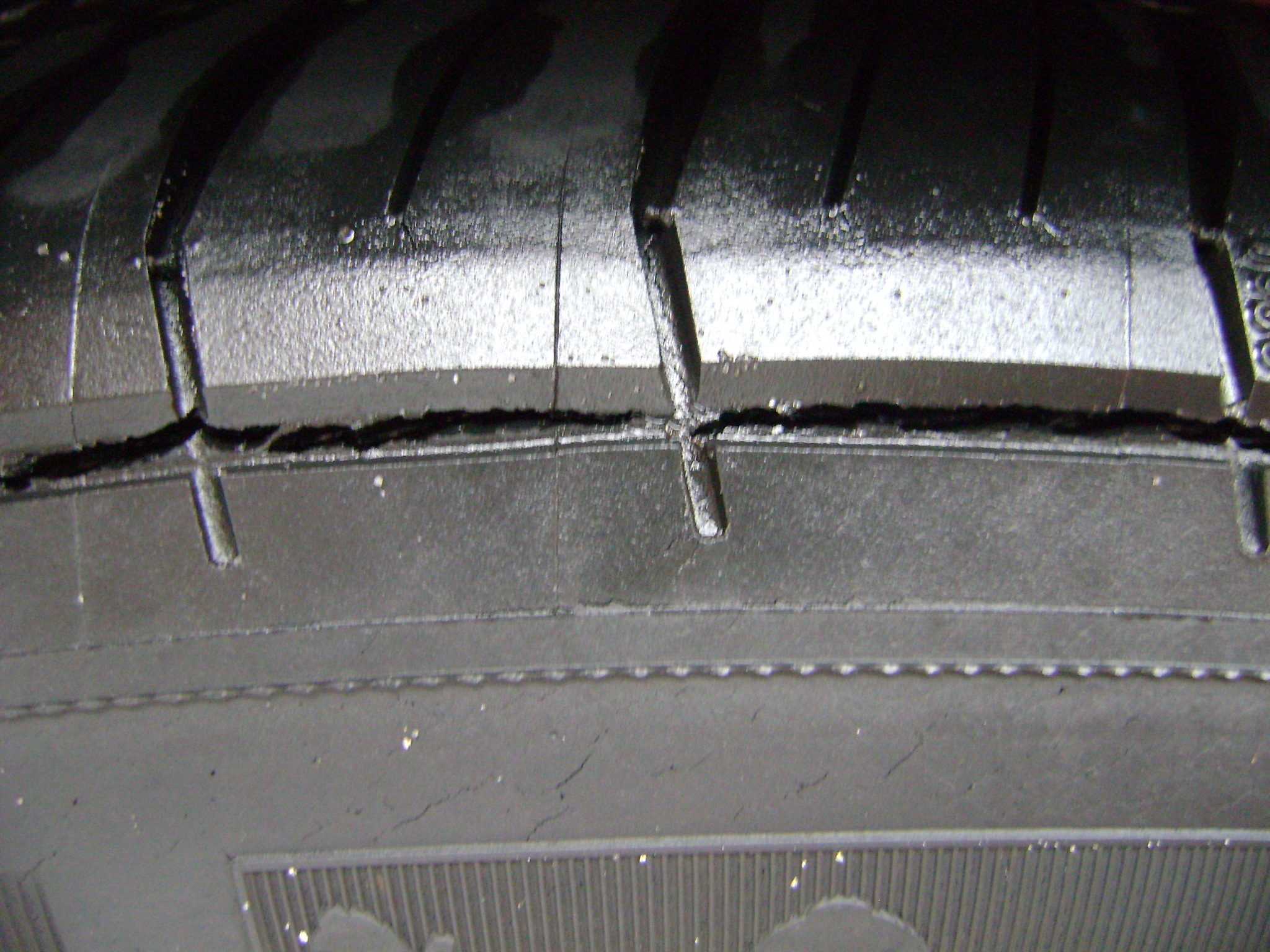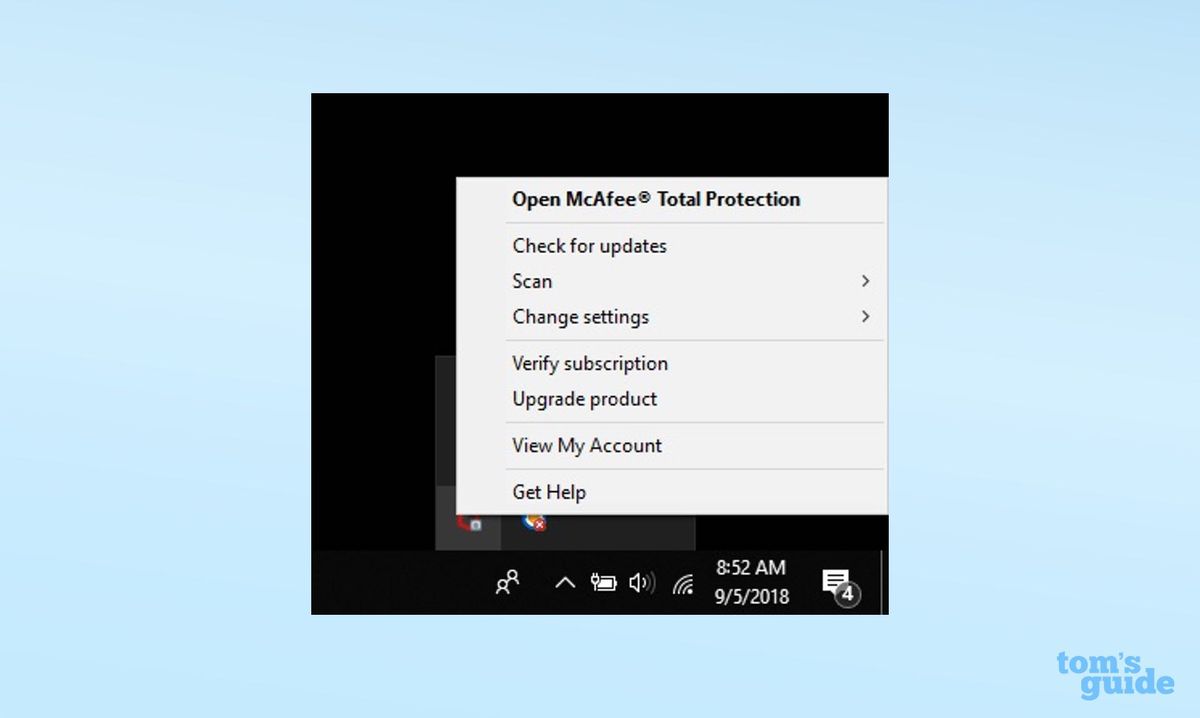- Michelin Tire Cracking Chart
- Michelin Tire Cracking Recall
- Michelin Tire Cracking Chart
- Michelin Warranty Tire Sidewall Crack

I own a 2002 chevy silverado 2500 on which I have four michelin ltx m/s 245/75-16 tires. After 18 months and 10,000 miles the sidewalls began to crack. I have michelin tires on all four of my vehicles and have never had one crack even on 6 year old tires. I called michelin, but they say that is normal weathering. However, proper tire care and proper inflation can greatly improve your car’s performance. Michelin is a tire brand known for its good performance and longevity, but by appropriately caring for and inflating your Michelin tires, they, as well as your car, will last much longer and perform much better. We have sidewall cracking on all outside mounted tires (Michlin tires 255/80R22.5 XRV (DOT B6H6 AK3X 3805)). Crack depths average approx. 5/64'(1.9844mm) determined by inserting the corner of a paper strip into cracks, scribing the paper with fine point pencil against the sidewall & measuring marked depth with a micrometer.
My father is notoriously frugal, and I tell him he should replace his old dry-rotted tires even though they still have plenty of tread. Can you please explain why I'm right?
I think our dads might be brothers. Tire replacement is pretty straightforward to the cost-conscious: when the tread wears down or a hole can't be patched. The reality is more nuanced than that. Tires are complex components that undergo amazing stresses during even the most mundane of drives. It took the better part of 50 years and a world war before motorists could depend on reaching a far-away destination without fixing one or two flats. As rubber technology and steel-belting techniques improved, tires became a very reliable part of the carwe just don't expect blowouts and punctures.
Tires do degrade over time, though, and that process is called dry rot. Oils and chemicals in the rubber compound start to evaporate or break down because of UV exposure. The rubber loses its flexibility and begins to crack at the surface, and the structure becomes more and more brittle (think of a really old rubber band), leading to sidewall damage and eventual failure. And we're not talking 'Oh, I'll just fill it up and drive on it'; this is a complete loss of function. You might even see tread start to separate. It's good practice to replace tires as soon as you see signs of dry rot, to prevent blowouts and the subsequent loss of vehicle control. Even if there are no signs of rot, the industry standard is to swap out tires before they hit 10 years old, and some tire companies recommend replacement as early as six years after manufacture.
Many people don’t often think about their Michelin tires when it comes to car maintenance. However, proper tire care and proper inflation can greatly improve your car’s performance. Michelin is a tire brand known for its good performance and longevity, but by appropriately caring for and inflating your Michelin tires, they, as well as your car, will last much longer and perform much better.
Check Air Pressure Once a Month
A typical passenger car tire, properly inflated to 35 psi (pounds per square inch), can lose up to 1 psi per month under normal driving conditions, according to Michelinman.com. Therefore, you should check your tire’s pressure cold, or before you’ve driven for the day, at least once every month. According to Edmunds.com, when a tire is under-inflated, it affects both performance and safety, in addition to worsening the handling of the vehicle. Also make sure your spare tire is properly inflated.
Know the Proper PSI
Each vehicle has a recommended psi for tire pressure. Therefore, you won’t find the recommended psi on your tire. You have to look in either your car’s manual, on the door jamb, inside the fuel hatch flap, or the glove compartment door to find your vehicle’s recommended tire psi.
Use an Accurate Gauge
Make sure you have an adequate air pressure gauge. Many of the gauges you find in gas stations are not very reliable. Your local Michelin store will have pressure gauges suitable for their products and can check them for accuracy.

Have Good Valve Caps
Good valve caps are important to containing the tire’s pressure. Over time, the rubber can degrade and air can slowly leak out. Each time you replace your tires, make sure you replace the tire cap as well.
Michelin Tire Cracking Chart
Rotate Regularly
Michelin Tire Cracking Recall
According to Michelinman.com, Michelin tires should be rotated by a Michelin shop or local mechanic once every 6,000 to 8,000 miles. This involves switching the wheels on which the tires are placed so that the tires wear evenly over time. Regular rotation extends the life of your tires, saving you money and time.
Check Alignment
If you notice that your car veers to the left or right when you let your hands off the wheel for a second while on a flat road, you need to take your vehicle in to a Michelin shop or mechanic to check your alignment. Alignment checks involve adjusting the front and rear suspension parts. If your car is not properly aligned, it can cause abnormal wearing of the tires.
Check Tire Balance
Michelin Tire Cracking Chart
When one area of the tire is heavier than the other after being mounted to the wheel assembly, the tire is out of balance. Balancing the tire compensates for this irregularity and helps protect your tire from abnormal tread wear. Tire balancing can be done by your local Michelin shop or mechanic.
There, you can create an account and download your product.Enter your product keyAre you a new Norton member who already purchased a subscription, and have a product key to enter?to get started.Manage your accountAre you an existing Norton member who wants to manage your existing account? 
Windows 7 embedded standard updates. If it doesn’t, you need to install Service Pack 1.Step Two: Find Out Whether You’re Using a 32-bit or 64-bit Version of Windows 7If you’re not sure whether you’re using, you’ll need to quickly find out.Click the “Start” button, right-click “Computer” in the Start menu, and select “Properties.” You’ll see this information displayed to the right of “System type” under the System header.Step Three: Download and Install the April 2015 “Servicing Stack” UpdateYou can’t simply install the Convenience Rollup after installing Service Pack 1. You can also and install it without going through Windows Update.If you’re not sure whether you have Windows 7 Service Pack 1 installed, open the Start menu, type “winver” into the search box, and press Enter. If it says “Service Pack 1” in the window, you have Service Pack 1. Launch Windows Update, check for updates, and install the “Service Pack for Microsoft Windows (KB976932)” update to install it.
Michelin Warranty Tire Sidewall Crack
- line of tires image by ashotoflife from Fotolia.com